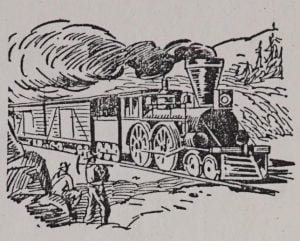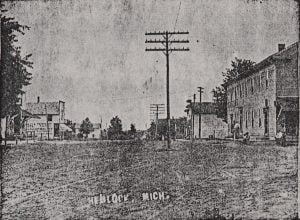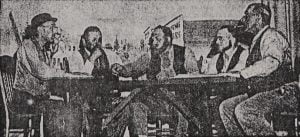Early Roads & Railroads in Richland Township MI
The article provides a glimpse into the early days of settlement in Richland Township during the 1860s, focusing on the challenges settlers faced due to the lack of roads, bridges, and paths. It details the efforts of pioneers like August C. Fiting, who, amidst a thick forest and with no modern conveniences, had to create their own routes for basic communication and transportation. Through narratives of crossing the Tittabawassee River, constructing log houses, and the eventual development of roads and a railroad, the article illustrates the transformation of the area from an isolated wilderness to a connected community, emphasizing the critical role of infrastructure in fostering growth and development.




